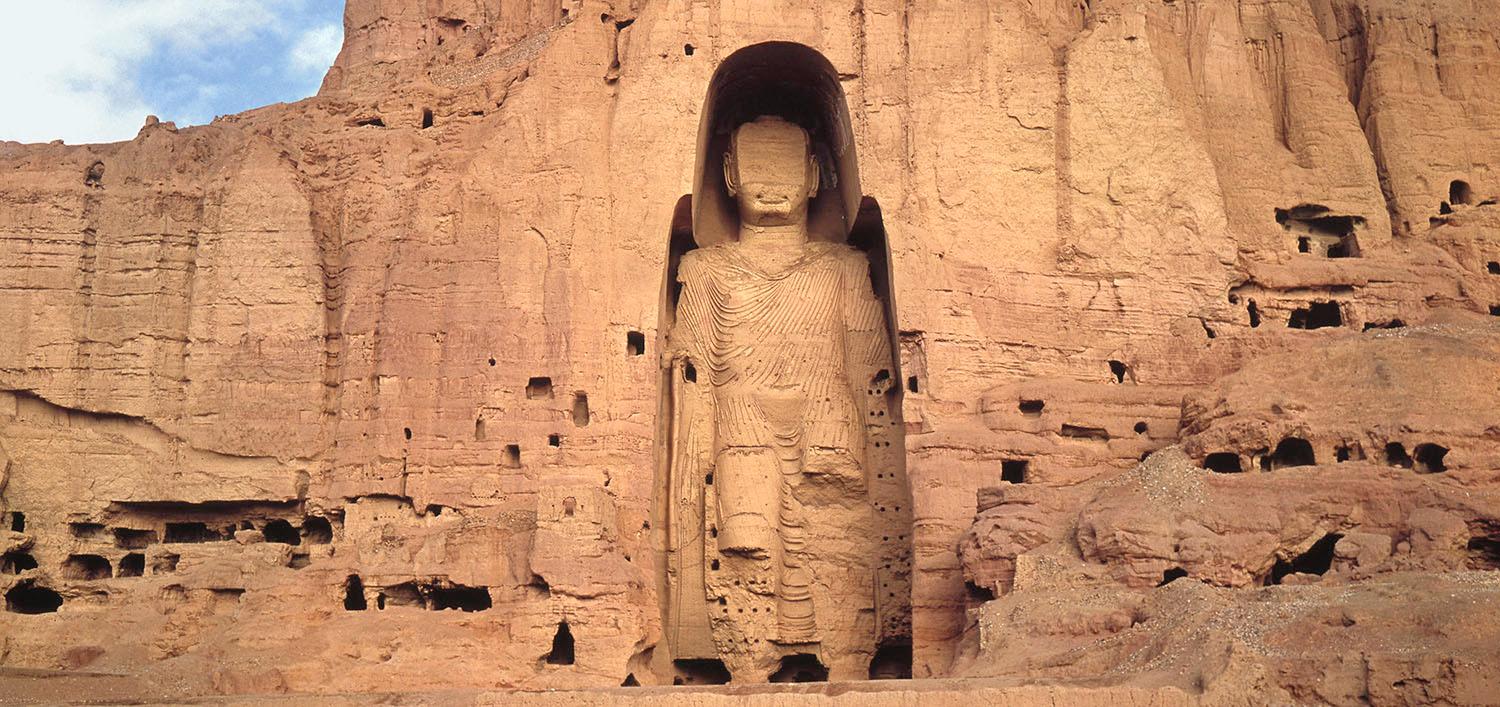I giornali di stamattina, Primo maggio, portavano in prima pagina la notizia di un attentato a Kabul, capitale dell’Afghanistan. Morti, feriti, kamikaze, i mezzi di soccorso scarseggiano, responsabili ignoti… si potrebbe dire “Niente di nuovo sul fronte del Pianeta”, parafrasando il titolo del capolavoro di Erich Marie Remarque, il romanziere (1989-1970) che ha scritto molti libri sugli orrori della guerra, di cui il più noto è forse “Niente di nuovo sul fronte occidentale”, sulle trincee della grande Guerra dove ci si ammalava, si moriva, i feriti non si contavano, la disperazione faceva impazzire insieme alla noia…
L’orribile storia sulla bomba di Kabul l’abbiamo già sentita. Stavolta accade in Afghanistan. Mi ritorna in mente l’Afghanistan in cui passai una lunga vacanza nel 1972. Appariva un paese pieno di pace, con i suoi deserti e le sue imponenti montagne ai margini dell’Himalaya.
Non era ancora entrato nel turbine degli avidi Signori della Guerra. Quei Masters of War sulla cui tomba Bob Dylan sognava di ballare, in una delle sue più potenti e rivoluzionarie canzoni.
“Non vi perdonerò mai perché state minacciando i miei bambini, ancora non nati e senza nome”
Quest’ultimo verso dovremmo ricordarlo più spesso: la nostra discendenza non è mai stata minacciata quanto ora.
Riprendo delle note di viaggio, su uno dei Siti più affascinanti dell’Afghanistan, che ora è Patrimonio dell’Umanità, pur essendo ancora da ricostruire!
Strange place, somewhere
Architects: unknown
Built: about 200 b.C.
Place: Valley among Hindukush and Koh-I-Baba, named Bamiyan Valley
Where: about 230 Km from Kabul.
Small village: Bamyan, along the Silk Road the ancient road that led merchants from Europe to India and China and viceversa,
Spared: by Gengis Khan, who completely destroyed the town-fortress at the entry of Bamiyan valley
Material: carved from the substance from which the mountain itself is made (geologists are required to explain)
Diagram: corridors along the three flights. Doors opening along the corridors: each door is an entry to a room, excavated in the mountain, with a small window on the side opposite to the door. Through the window you have a beautiful view of the valley. Beware: there is no railing.
Standing figures: in the midpoint of the mountain side a very tall statue of a man, standing upright and majestic is carved in the same material of the mountain. It is 55 meters high, protected by a recess surrounding it; a second man, 37 meters high, by the side of the taller one, not very lower than the first, equally outstanding.
Both had been decorated in gold and gems, that disappeared along all those centuries now – then (we’ve seen them in 1972) they still look like the Character the statues were intended to represent: the Buddhas (whose name in Chinese is written with an ideograph, as usual made by two parts, one over the other: Man/No.)
Man/No: a Buddha is no longer a man because his mind has reached the perfection intended for homo sapiens sapiens to reach: being constantly aware, constantly present, compassionate, benevolent.
Inhabitants: aproximately until before the XVI century, Ancient Buddhist monks who presumably had come from Pakistan
Destroyed: by the Talebans, March 2002
Destroyed, why: I guess that they thought “our God s better than yours. “ Yours doesn’t even deserve to have a tiny statue, let alone this!”
Further usage: the corridors and cells were helpful as shelter to homeless families, children, old people, women.
Future: World Heritage
